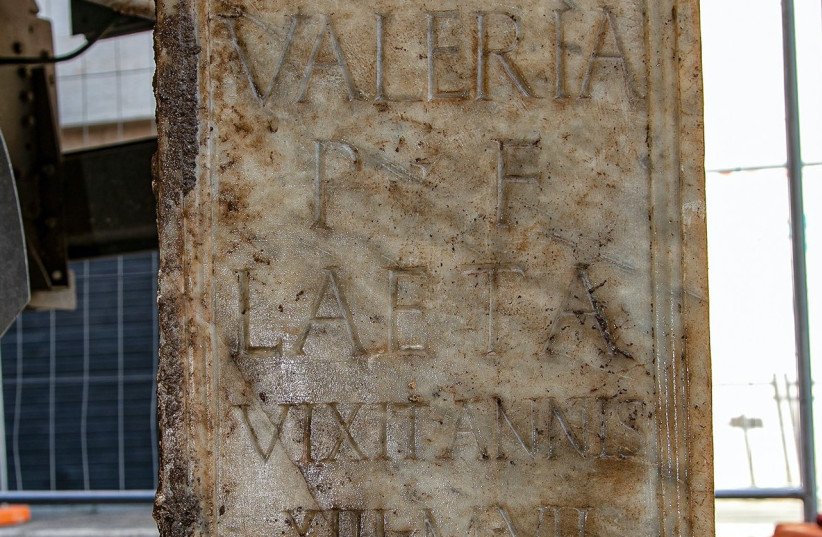A 2nd-century funerary altar marking the remains of a 13-year-old girl was discovered in Rome on Tuesday.
Rome is home to countless archeological sites, some of which are now tourist attractions such as the Colosseum or San Clemente. Others, like this columbarium, are still being excavated.
Archeologists found the altar approximately two meters below the current street level on Via Luigi Tosti in south-central Rome. The discovery is part of a wider excavation of the necropolis of Via Latina, a nearby street.
The white marble altar is very well-preserved, and its inscription is clearly legible. It reads: Valeria Laeta, daughter of P[ublio] lived 13 years and 7 months. Some fragments of a white marble sarcophagus were also found with a bas-relief decoration depicting a lioness and a hunter on horseback.
The building and other items surrounding the altar were heavily damaged, possibly by Rome's urbanization efforts of the 1930s.

The excavation was overseen by the Special Superintendency of Rome, directed by Daniela Porro, with the scientific direction of Angelina De Laurenzi and conducted by the Fabio Turchetta Archeo Society.
